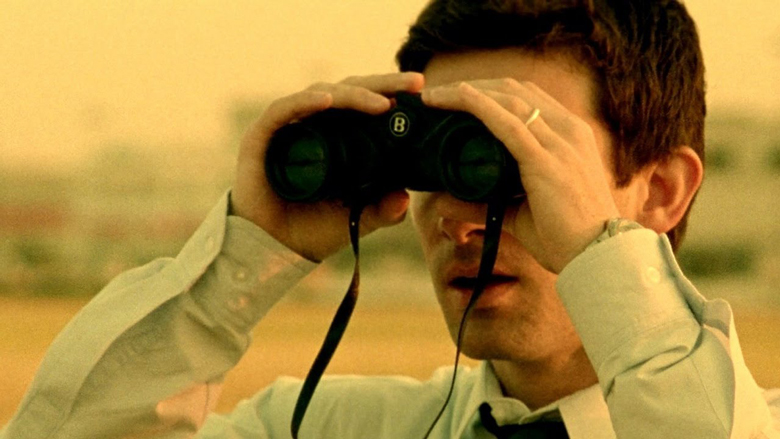
Christopher Nolan has established himself as one of the most consistent film directors of his generation, building the bridge between art and commerce in a time when these two seem to drift away from each other. Whether his cerebral films that often play with time are always up your alley, there’s no denying that he’s able to craft inventive stories and realize his vision on the silver screen in a spectacular way. His films have become cinematic events.
When you take a look at a track record that includes experimental noir, dark blockbusters and imaginative spectacle – winning public and critical acclaim with nearly every film, while always completing his productions in time and under-budget – it’s no wonder that he’s one of the most reliable and sought-after studio directors working today.
Now that we have to wait at least another year for his next release, let’s dive in the meantime into the part of the cinematic world in which he operates. What are the films that heavily influenced or inspired Nolan himself? Which titles will interest you if you like the way he tells his stories? And what others may not have turned out without his impact? Some of these films are well-known but worth a revisit when seeing them through a Nolanesque point of view.
So let’s take a look in chronological order at some films that provide several ingredients for his vision and some others that feel like good follow-ups to his work. Happy dreaming.
1. On Her Majesty’s Secret Service (1969)
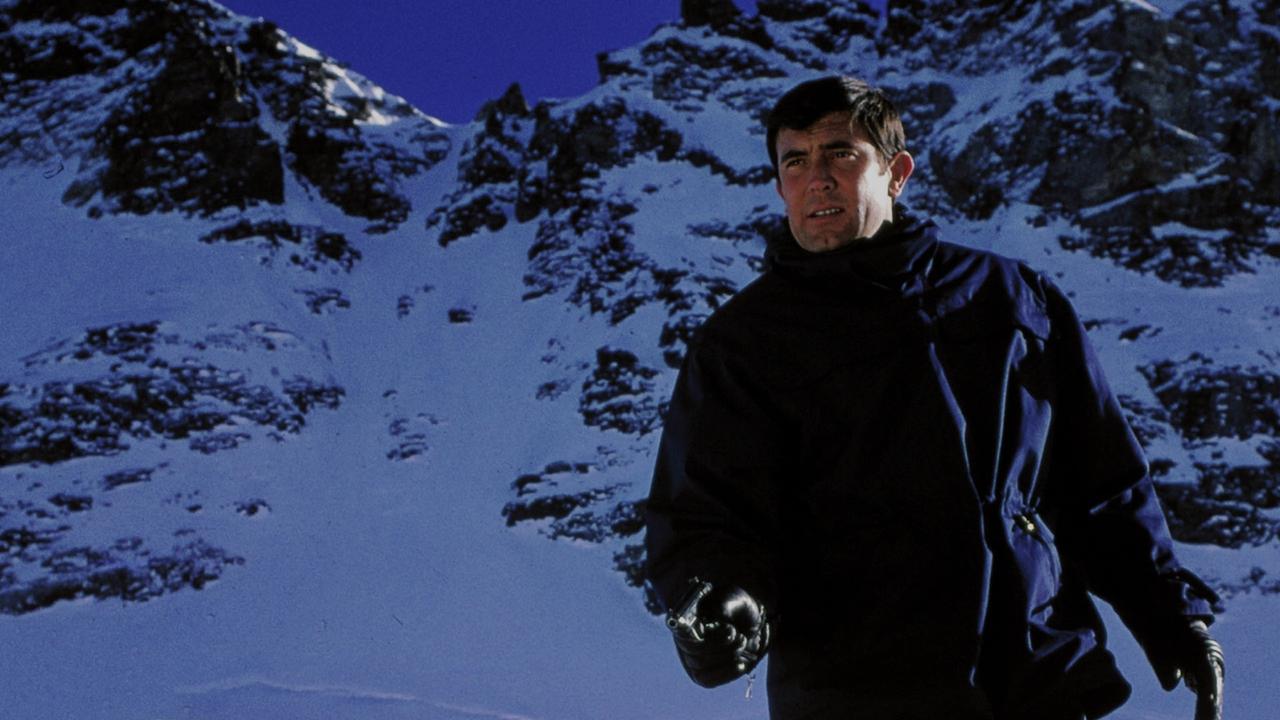
Nolan has never made it a secret that he loves the James Bond franchise. At first glance, it may look somewhat peculiar that the one film featuring what is regarded as the weakest actor to portray 007 turns out to be his favourite.
Taking a closer look, it makes sense: George Lazenby lacks the self-confidence of his iconic predecessor, but this allows for a more significant overall story, one that is refreshingly less predictable than other instalments. Bond is more vulnerable and Lazenby’s portrayal is well-fitted for the more serious and tragic plot at play. Each shot in the film is memorable, without spoiling a second of entertainment.
The chase sequences are exhilarating but never undermine the love story. This confluence of solid action scenes and emotional storytelling makes the film a fan-favourite and a goal that Nolan aspires to in this in own work.
This is where both of his talents as filmmaker, as screenwriter and as director, come together. Similarities with Inception – he even coined it his own version of a Bond film – are visible: an exciting plot with great action scenes in the snow, but also intricately linked to a darker love story.
In addition, Nolan is no stranger to portraying dark heroism with an epic vision. So if you’re interested to see what he might bring to Bond if he’d ever be asked to direct the secret agent, start with On Her Majesty’s Secret Service.
2. Solaris (1971)
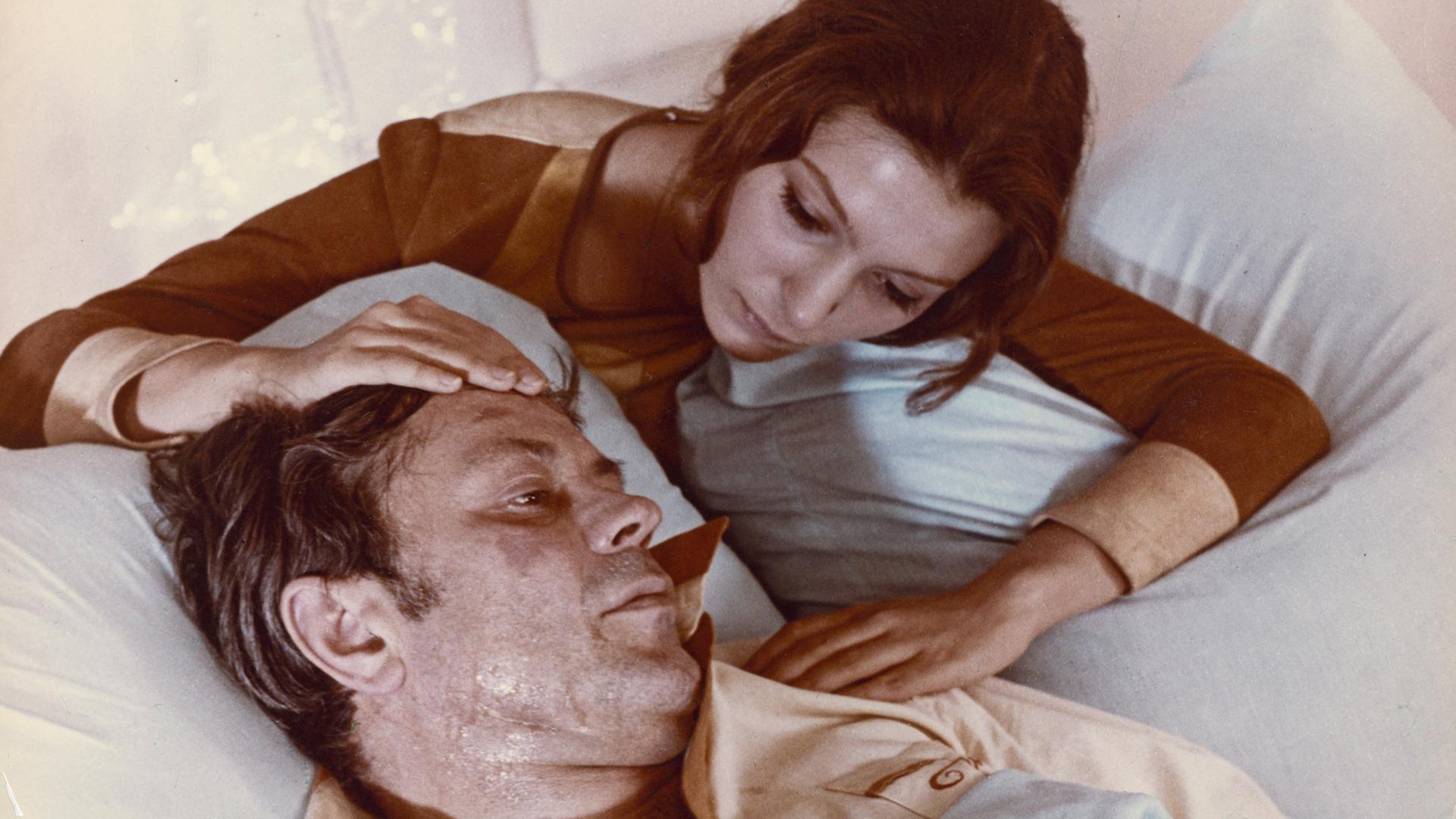
Stanley Kubrick left audiences in awe with 2001: A Space Odyssey, re-inventing cinema with a minimalist version of the arch plot and revolutionizing visual effects and inner-dimensions of space travel on-screen.
Meanwhile in the Soviet Union, Ever the iconoclast, Andrei Tarkovsky was underwhelmed and argued that the film was shallow, lacking any substantial emotional resonance. And in quite the Cold War spirit, it inspired him to make his own sci-fi masterpiece Solaris, based on the novel by Stanisław Lem about psychologist Kris Kelvin who travels to an orbiting space station to evaluate the crew on board who are dealing with different emotional problems. But during his arrival he becomes part of the same mysterious phenomena that the others encounter, and like him the audience starts questioning the nature of reality.
Tarkovsky demonstrates his visual flare, including his signature levitation scenes, but more importantly connects memories, nature and existence. Far less bombastic and more intimate than the Western take on the genre, Solaris is more of a psychological drama manifested through a grand vision that happens to be in outer space. The film is a delicate and moving meditation on humanity and love through a story that is simple, yet profound.
And like in Nolan’s Interstellar, Solaris tells about a widower and his guilt, using water as a visual motif representing an ocean of psychological turmoil. Nolan aimed to marry the visual spectacle and mechanics of space travel with the intimacy of a love story. Though Interstellar is a true cinematic experience and offers a magnificent score, it may have exceeded its grasp. Both of the inspirations are probably more successful in achieving these goals separately.
3. Don’t Look Now (1973)
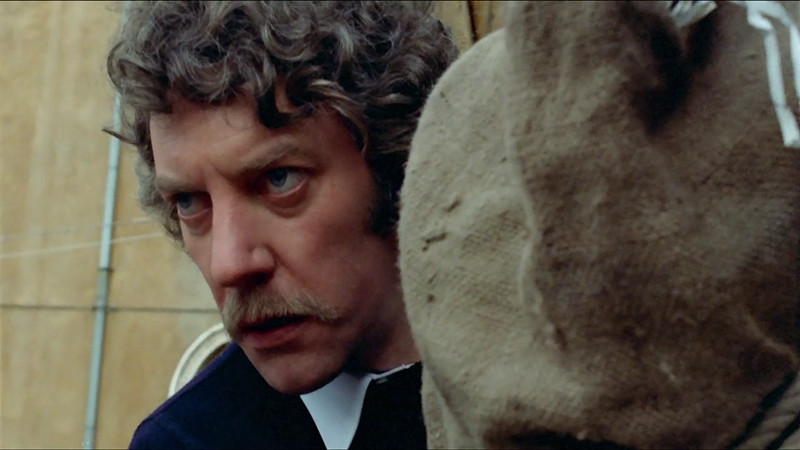
Director Nicolas Roeg made several films in the ’70s and ’80s that became cult classics and clearly show his distinct style: highly imaginative, notoriously hard to label as they transcend genre conventions and very influential. Don’t Look Now is surely not the only film by Roeg that Nolan drew inspiration from, but one of the most memorable.
An unconventional love story set in a Venice that has never been so gloomy, the story masks as a psychological thriller about the occult, but it is much more than that. While it has elements of the supernatural, this is really about the grief of a married couple who have lost their young daughter who was drowned.
Moving to Italy after accepting a project to restore a church, John Baxter starts to experience unexplainable things that put pressure on his relationship with his wife Laura. The inventive non-linear structure is particularly powerful in its use of flashbacks and flash-forwards. This style of editing provides the viewer with the foreshadowing of key events in the story to huge effect; water remains an important motif throughout the film.
Nolan has claimed that Memento would have been unthinkable without Roeg´s films. The tense atmosphere, unpredictability of its plot and the confluence of visual metaphors with character development is unique and has been imitated by or at least inspired countless other directors from Lars von Trier to Danny Boyle and from Lynne Ramsay to Martin McDonagh.
4. Taxi Driver (1976)
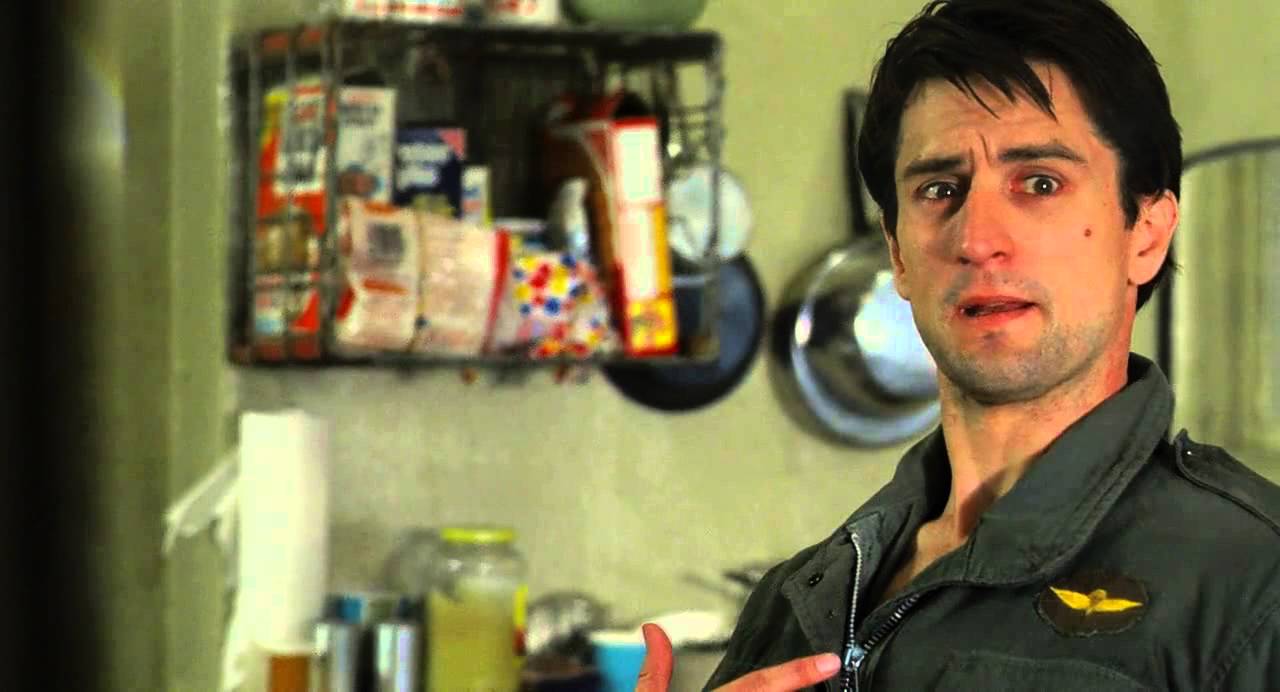
Another film that has directly influenced Nolan’s psychological labyrinth that is Memento is Scorsese’s most influential film from the ’70s: his masterpiece Taxi Driver. This is also a haunting thriller about a disturbed and lonely man in an urban, filthy jungle. No one has said it better than Quentin Tarantino when he declared his love of the film, highlighting the main similarity between the movies.
Spoilers ahead, so don’t read if you still want to appreciate Taxi Driver or Memento for the first time. Written by Paul Schrader, it’s one the best examples of a film told by an unreliable narrator in the history of cinema: a unique first person character study of a deeply troubled man spending most of his time in the dirty parts of New York City, while being haunted by his past.
Robert De Niro completely morphs into Travis Bickle, so much that he captures the viewer completely into his perspective. Harvey Keitel is perfect as Sport, the pimp of an underage prostitute played magnificently by Jodie Foster.
The crucial scene of the film is where Travis tries to make up with Betsy, the girl he´s been chasing, only to get rejected. While he´s still talking to her on the phone, the camera moves away leaving him outside of the frame and instead is focusing on the empty hallway; signifying the unbearable feeling of what just happened.
Memento handles that theme of isolation with a much more intricate and fractured story. It is structured to make you feel how it is to have amnesia and it succeeds like no film does. To understand how that structure really works, check out the director himself in this video or see a summary of the story here.
Taxi Driver is less interested in the tension between subjective and objective reality, and more in the inner realms of this suffering, lonely man who tells the entire story from his point of view. The cinematography is completely one with how the viewer experiences this character. No film has done this quite like Taxi Driver.
5. The Tenant (1976)
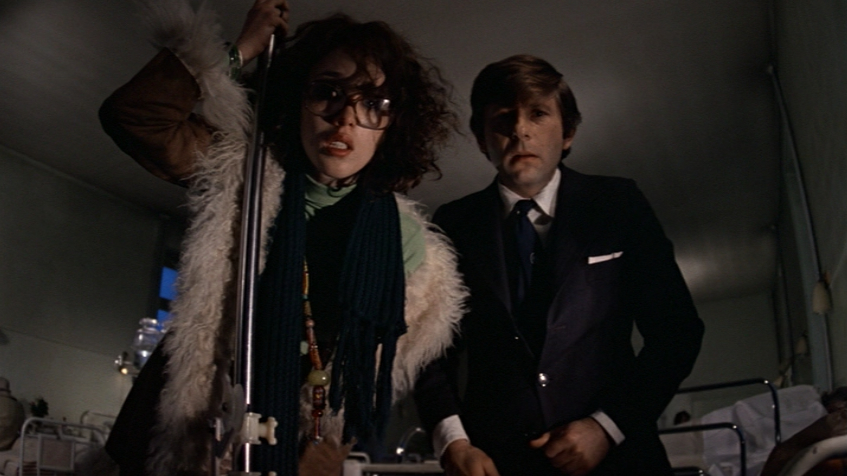
Another disturbing psychological neo-noir that reminds of Nolan’s world, especially his earlier and grittier work, is Polanski´s third part of his Apartment Trilogy. After Repulsion and Rosemary´s Baby, arguably the greatest horror films of the ’60s, he concluded his take on the troubling and claustrophobic indoor world with The Tenant.
The story involves mysterious and ambiguous elements, drawing comparisons with Don´t Look Know and The Shining. Polanski directs himself as a quiet Polish man who rents a Paris apartment but quickly succumbs into a downward spiral of paranoia. As he becomes obsessed with the previous tenant who tried to commit suicide by jumping out of the apartment, he suspects his strict landlord and neighbours of making him suffer a similar fate.
Polanski uses Kafkaesque elements by painting an absurd environment, filled with anxiety and confusion, leading to guilt and paranoia. The plot is at times so absurd, that it provides a high dose of bleak humour. Like in his previous films, the line between reality and madness becomes blurred, and a cyclical process of another person’s nightmare becomes a new reality.
The film also speaks about the loss of identity, as the protagonist is isolated and perhaps sexually repressed, representing a powerful void. Frightening and subjective, it questions the behaviour of the characters. Both Insomnia and Memento deal with similar themes and like The Tenant allow for multiple viewings to explore its multi-layered themes.